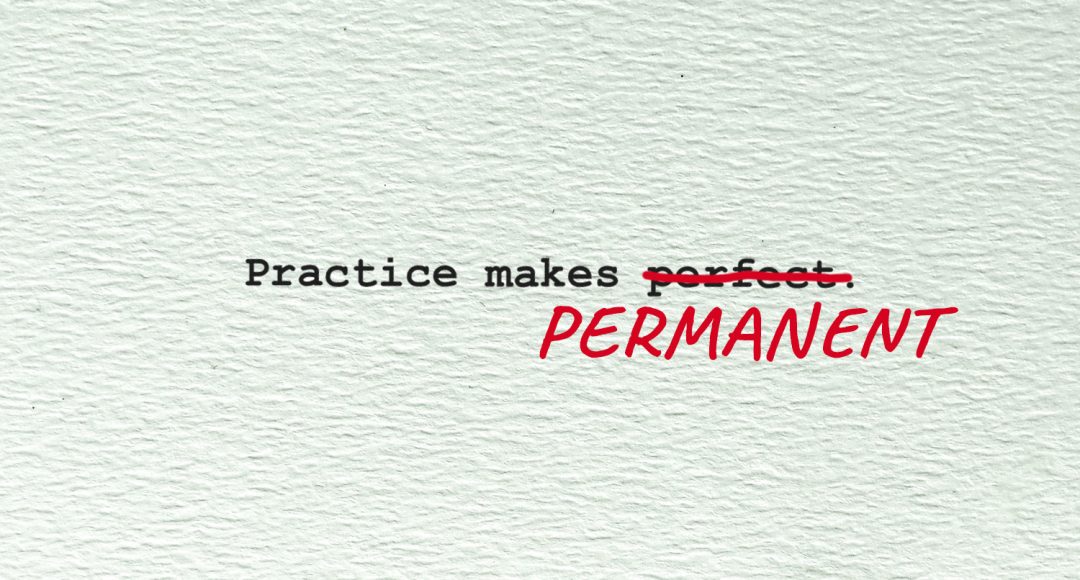
The first person to have said “Practice makes perfect” is an open question. John Adams? Benjamin Franklin? Cannot say for sure. But I can say that the principal of “practice makes perfect” is solid gold advice. Many have expanded this saying by enhancing “perfect” with “permanent”. Indeed. Consistent practice of any skill shapes behavior. And the way to shape money behavior is to give your child the opportunity to practice – and that starts with allowance.
Allowance is one of those golden opportunities you can start at any age. And by being consistent with allowance, your child can practice budgeting. It’s just that simple.
The art of allowance is that it gives a child the chance to build a skill that they will need to succeed later in life. It gives them ample opportunity to makes mistakes and learn how to fix those mistakes. Spending more than they have? Next month they will not do this – as they have learned the pain of not having enough money to do what they need and what they want. Spending without thinking of the future? Teaching them the choice of investing a portion of their allowance by asking them to use all four choices they have for money – save, spend, donate and invest – will get them thinking and practicing allocation of their money.
Bottom line – budgeting is a learned behavior – one that requires practice. A skill that you as a parent or guardian will always be grateful you taught them early and often.
In this “A Seat at the Kids Table” podcast segment from the Seven Figures Podcast with Sandy Waters, we asked kids what it means to “live beneath your means” and offer tips on how an allowance is truly the gateway to learning the skill of budgeting.





Leave a Comment